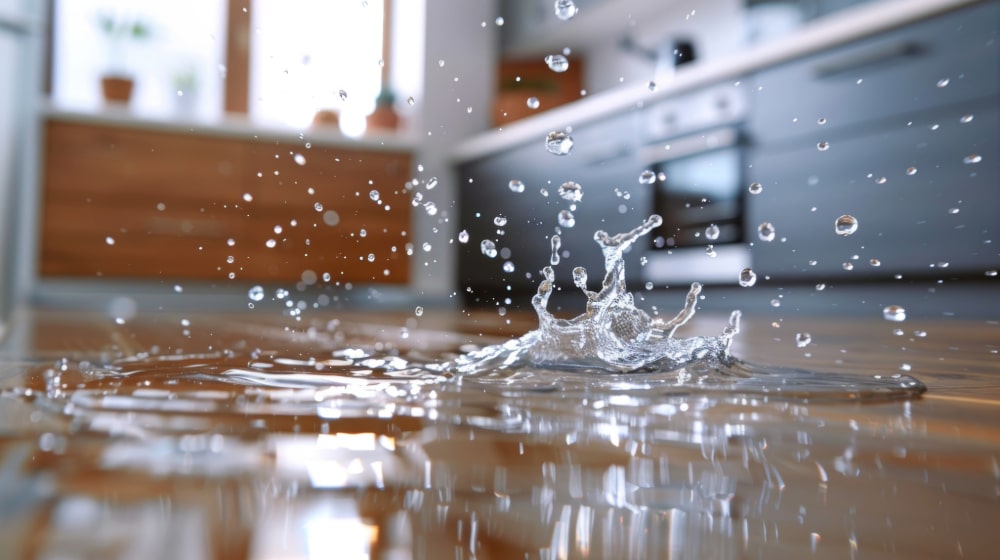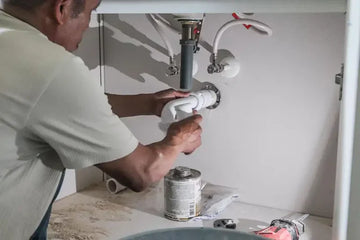In recent years, machine learning has paved its way into various industries, dramatically changing the landscape of water detection technologies. Specifically, in the Industry QA realm, the deployment of intelligent analytics through machine learning is proving to be a game-changer. From detecting potential leaks to preventing disasters, the benefits of machine learning water detection are profound. Let's dive deeper into how this innovation is impacting our world.

The Importance of Water Detection
As climate change continues to impact global weather patterns, water management becomes even more critical. Identifying and managing water resources efficiently can help mitigate risks such as droughts and floods. Machine learning water detection not only assists in conserving precious water but also serves industries in fine-tuning their operational efficiencies.
How Does Machine Learning Aid Water Detection?
Machine learning algorithms use data analytics to predict and identify water presence in any given environment. By analyzing parameters such as humidity, temperature, and pressure, these systems can determine anomalies that suggest water leakage or flooding. This predictive capacity is invaluable in ensuring quick responses, thereby minimizing potential damages.
Applications Across Industries
The deployment of water detection technologies powered by machine learning spans various sectors:
- Residential and Commercial Buildings: Machine learning models help detect leaks early, aiding in proactive maintenance and preventing water damage.
- Agriculture: Predictive analytics assist farmers in efficiently managing water usage, ensuring crops get the right amount of hydration without wastage.
- Municipal Water Systems: Advanced leak detection can significantly reduce water waste and optimize water supply networks. Learn more about the accuracy of leak sensors.
Challenges in Implementation
Although promising, implementing machine learning water detection systems comes with its challenges. Factors such as high initial costs, integration with existing infrastructure, and ensuring data reliability can pose hurdles. However, continuous advancements in technology are paving the way for meeting these challenges head-on.
Overcoming Hurdles
To overcome these obstacles, industries should focus on cost-effective solutions and modular systems that can easily be integrated with current infrastructure. Partnerships between tech developers and industry stakeholders are crucial in developing efficient processes for smoother transitions.
The Future of Machine Learning Water Detection
With technology evolving rapidly, what does the future hold for machine learning water detection? Encouragingly, the industry is moving towards creating more refined and efficient algorithms tailored specifically to different environments. Moreover, as the industry adopts more smart plumbing systems, the potential for integrating real-time machine learning analytics will expand. Dive into the world of smart plumbing systems.

FAQ
What is machine learning water detection?
Machine learning water detection utilizes algorithms to analyze environmental data, helping detect water presence and predicting potential leaks or flooding.
Why is it beneficial for industries?
Industries benefit from these technologies through optimized water management, reduced operational costs, and minimization of water-related damages.
What are the challenges associated with its implementation?
Key challenges include high initial costs, infrastructure integration, and ensuring data reliability, which can be addressed through innovation and partnerships.






